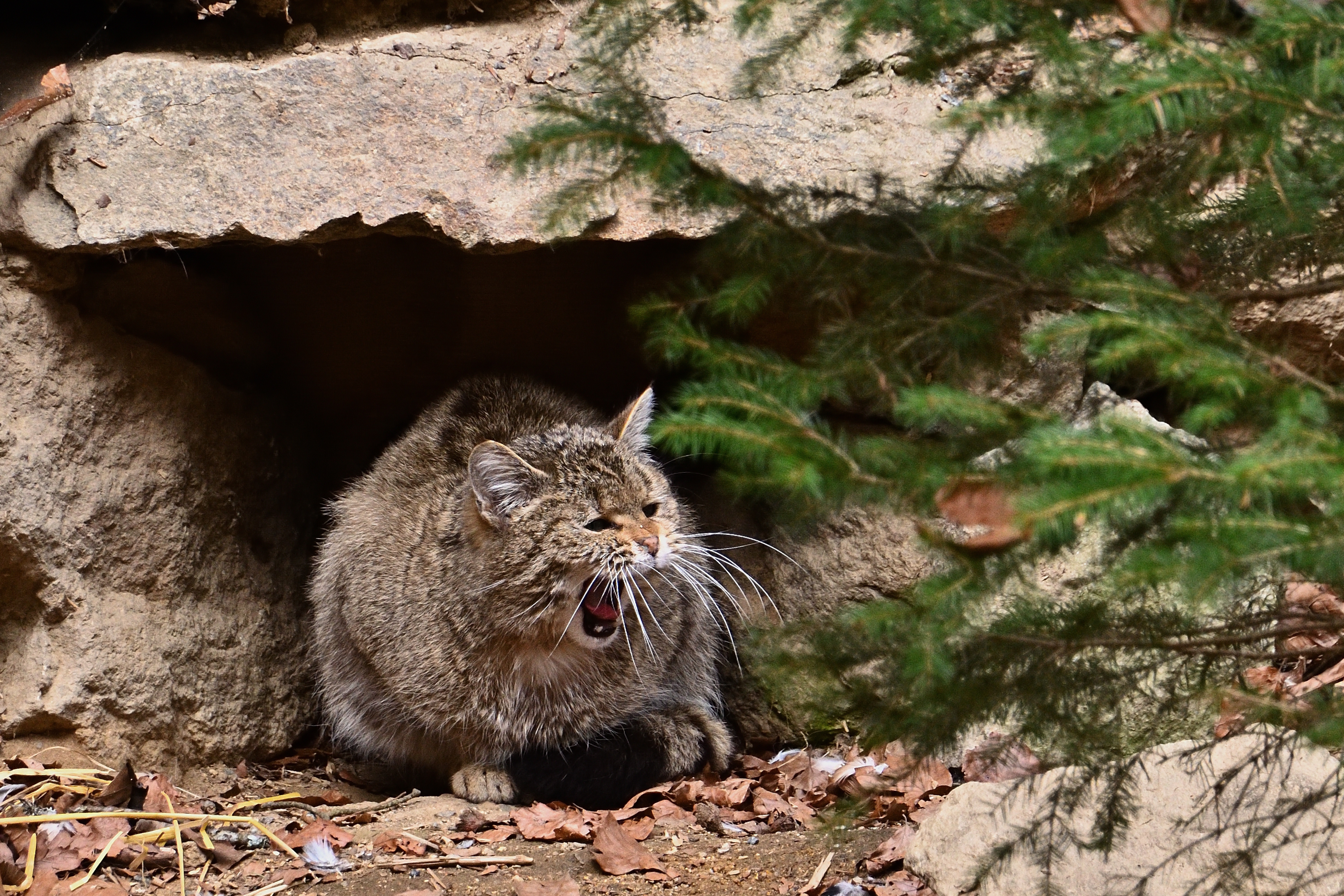Safeguarding Australia's Biodiversity Against Invasive Species
| |
Australia has long grappled with the issue of invasive alien species (IAS) and their devastating impacts on native wildlife and habitats. In Australia, IAS are estimated to cost US$25 billion annually in losses to agriculture and management costs, while their global cost exceeded US$423 billion in 2019, according to the Thematic Assessment of Invasive Alien Species and their Control published by the Intergovernmental Science-Policy Platform on Biodiversity and Ecosystem Services (IPBES).
Feral cats are considered one of the most threatening IAS worldwide. They are estimated to kill over 1.8 billion Australian animals, including birds, reptiles, and mammals every year. A recent article by the Australian Broadcasting Corporation (ABC News) sheds light on the damage caused by feral cats in Australia and explores the promising prospects for gene drive technologies in their control.

With researchers at the University of Adelaide having developed a world-first gene drive strategy to help control invasive mice, the article explores the potential application of this technology for feral cat control. By spreading a gene through the population of feral cats that renders females infertile or generates predominantly male offspring, gene drive technology could potentially help reduce the population of feral cats in a more sustainable, scalable, and cost-effective manner than current control tools.
Feral cats occupy over 90% of the Australian continent and have contributed to the extinction of at least 21 mammals, two reptiles and 40 bird species worldwide. According to a study published by CSIRO, which surveyed more than 3,800 people across Australia and explored public attitudes towards the potential implementation of this technology, 86% of respondents were found to be at least moderately supportive of the local implementation of gene drive technology to control feral cats.
While it will still take many years to develop gene drive tools for vertebrates, gene drives offer hope for native species under threat, and can potentially reverse increasing biodiversity loss trends when used together with existing tools for IAS control.
| Newer Post | Archive | Older Post |
Science Speaks is ISAAA Inc.'s official blog. Weekly blog articles, authored by ISAAA writers, partners, and invited contributors, aim to help share, disseminate, and promote scientific knowledge and its vital role in achieving global agricultural sustainability and development. Your support to Science Speaks will help us achieve this goal. You can help us by donating as little as $10.

